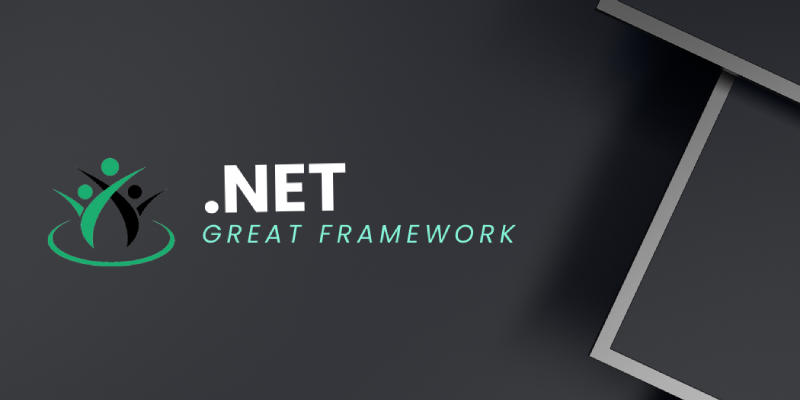Getting Started with .NET: A Beginner’s Guide
Are you eager to embark on a coding journey with .NET but feeling a bit overwhelmed by the vastness of possibilities? Fear not! This beginner’s guide is crafted just for you, providing a clear roadmap to navigate the exciting world of .NET development. From installing the .NET SDK to creating your first project, and delving into fundamental concepts, this guide aims to demystify the process and set you on the path to becoming a confident .NET developer. Let’s dive in and unlock the potential of .NET together!
Table of Contents
Setting Up Your Development Environment
Getting started with .NET development begins with installing the .NET SDK (Software Development Kit). The SDK includes the necessary tools and libraries to build, run, and deploy .NET applications on your machine. Here’s a step-by-step guide to help you install the .NET SDK on various operating systems.
Windows
Download .NET SDK
Visit the official .NET download page to access the latest version.
Click on the “Download x64” button to get the 64-bit version suitable for most Windows systems.
Run Installer
Once the download is complete, run the installer.
Follow the installation wizard, accepting the default settings unless you have specific preferences.
Verification
Open a new command prompt or PowerShell window.
Type dotnet --version and press Enter to verify the installation.
macOS
Install Homebrew (if not already installed)
Open Terminal and run the command:

Install .NET SDK
Run the following command in Terminal:

Verification
Open a new Terminal window.
Type dotnet --version and press Enter to ensure the installation was successful.
Linux (Ubuntu as an example)
Add Microsoft package repository
Open Terminal and run the following commands:

Install .NET SDK
Run the following commands:

Verification
Open a new Terminal window.
Type dotnet --version and press Enter to confirm a successful installation.
Choosing the Right IDE
Choosing the right Integrated Development Environment (IDE) is pivotal for a seamless and enjoyable .N development experience. Let’s explore two popular IDEs for .N: Visual Studio and Visual Studio Code.
Visual Studio
Overview: Visual Studio is a comprehensive, feature-rich IDE developed by Microsoft. It is widely used in the software development industry for building various types of applications.
Installation: To get started, download and install Visual Studio Community, which is a free version suitable for individual developers and small teams.
Advantages
Comprehensive Tooling: Visual Studio offers a wide array of tools for .N development, including advanced debugging, profiling, and testing capabilities.
Visual Designer: The IDE includes a visual designer for building user interfaces, making it easier to create and design applications.
Visual Studio Code
Overview: Visual Studio Code (VS Code) is a lightweight, open-source code editor developed by Microsoft. Despite its simplicity, it provides powerful features for .N developers.
Installation: Download and install Visual Studio Code.
Advantages
Extensibility: VS Code is highly customizable with a vast array of extensions available, making it adaptable to different development needs.
Fast and Lightweight: Ideal for developers who prefer a faster and more lightweight development environment.
Visual Studio Code Installation setup
First .NET Project
Now that your development environment is set up, let’s dive into the exciting process of creating your first .N project. Whether you’re aiming for a console application, a web application, or any other type of project, the steps are straightforward and adaptable to your chosen development environment.
Open Your IDE
Begin by launching your preferred Integrated Development Environment (IDE), either Visual Studio or Visual Studio Code. Ensure that your IDE is configured correctly with the installed .NET SDK.
Create a New Project
In Visual Studio
Select “Create a new project” from the start window.
Choose the project type you want to create, such as a Console App or ASP.NET Core Web App.
Select the appropriate template for your project and click “Create.”
In Visual Studio Code
Open the command palette by pressing Ctrl + Shift + P (Windows/Linux) or Cmd + Shift + P (macOS).
Type “.NET: New Project” and select it.
Choose the project type, template, and follow the prompts to set up your project.
Configure Your Project
After choosing a template, you may need to configure your project based on your preferences. This includes specifying the programming language (C#, F#, or VB), the target framework, and other project-specific options.
Explore the Project Structure
Take a moment to familiarize yourself with the structure of your newly created project:
Source Files: This is where your code files reside (typically with a .cs extension for C#).
Dependencies: Check for the dependencies and libraries your project is using.
Configuration Files: Understand and modify configuration files like appsettings.json for ASP.NET Core projects.
Build and Run Your Project
In your IDE
Build your project by selecting “Build” or using the appropriate command.
Run your project to see it in action.
In Visual Studio Code
Open a terminal and navigate to your project folder.
Run dotnet build to build your project.
Run dotnet run to execute your project.
Essential Concepts and Resources for Learning .NET
Embarking on your journey to master .N involves grasping fundamental concepts that lay the groundwork for building robust applications. Let’s delve into the essential basics that every aspiring .N developer should understand.
Programming Language Basics
.NET supports multiple programming languages, with C#, F#, and Visual Basic being the most popular. Here’s a quick overview:
C#: Widely used for general-purpose programming, C# is known for its simplicity and versatility. It’s the primary language for .N development.
F#: A functional-first language on the .N platform, F# is excellent for data-oriented and analytical programming.
Visual Basic: While less commonly used today, Visual Basic (VB) is still part of the .N family and known for its ease of use.
Variables and Data Types
Understanding variables and data types is fundamental. In C#, for instance:
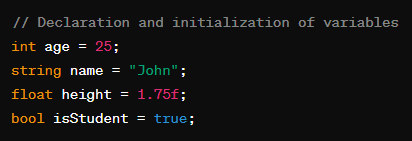
Variables: Containers for storing data.
Data Types: Specify the type of data a variable can hold (e.g., int, string, float, bool).
Control Flow Statements
Controlling the flow of your program is crucial. Key control flow statements include:
if-else Statements
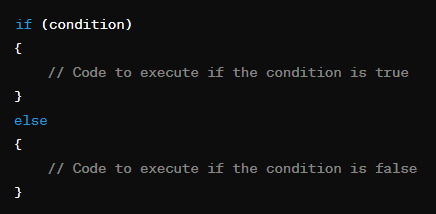
Loops (for, while)
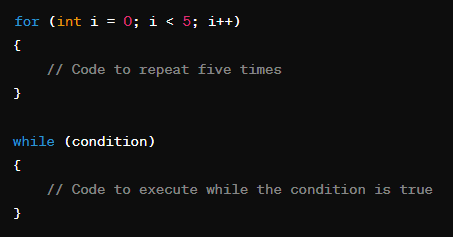
Object-Oriented Programming (OOP) Concepts
.NET is built on the principles of Object-Oriented Programming. Key concepts include:
Classes and Objects
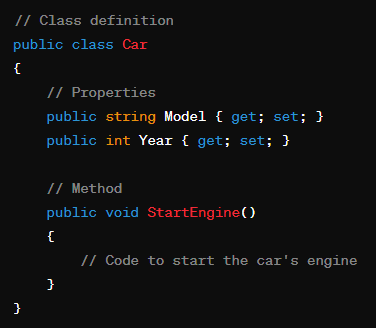
Inheritance

Resources for Further Learning
To deepen your understanding of .N basics, leverage the following resources:
Official Documentation: Explore the official .NET documentation for in-depth guides and references.
Tutorials and Courses: Platforms like Microsoft Learn and Pluralsight offer interactive tutorials and courses for .NET beginners.
Conclusion
Congratulations on taking the first steps in your journey to mastering .N! In this beginner’s guide, we covered essential topics to help you get started with confidence. Let’s recap the key points:
.NET SDK Installation: We walked through installing the .N SDK on different operating systems, ensuring you have the necessary tools to start building .N applications.
Setting Up Your Development Environment: We explored the importance of choosing the right IDE, with a focus on Visual Studio and Visual Studio Code, providing you with powerful environments for .N development.
Creating Your First .NET Project: Whether you opted for a console app, web app, or another project type, we guided you through the process of creating and configuring your project.
Learning .NET Basics: We delved into fundamental concepts such as programming language basics, variables and data types, control flow statements, and the core principles of Object-Oriented Programming.
As you continue your .N journey, remember to leverage the extensive resources available, including official documentation, tutorials, and online courses. The .N community is vibrant and supportive, so don’t hesitate to seek assistance and share your experiences.
In the world of .N, there’s always more to explore and learn. Whether you’re building desktop applications, web APIs, or mobile apps, the versatility of .N opens up a world of possibilities for your coding endeavors.
